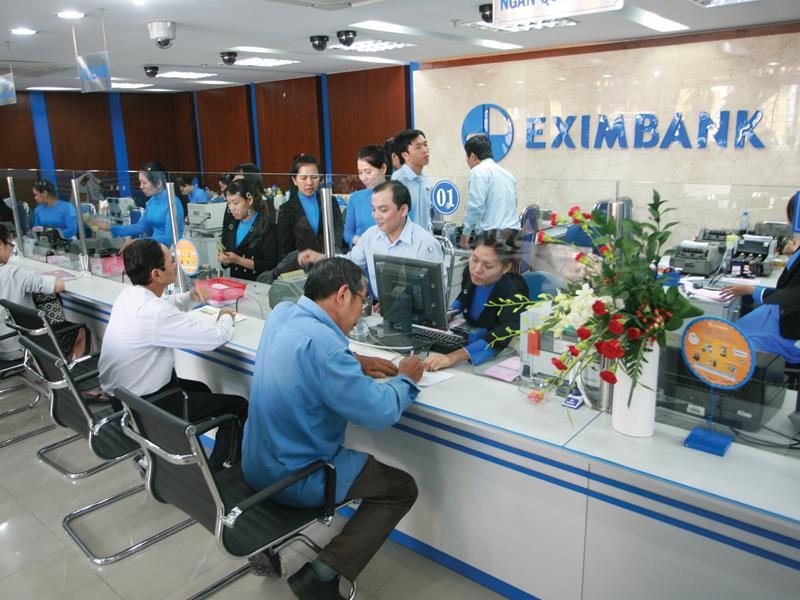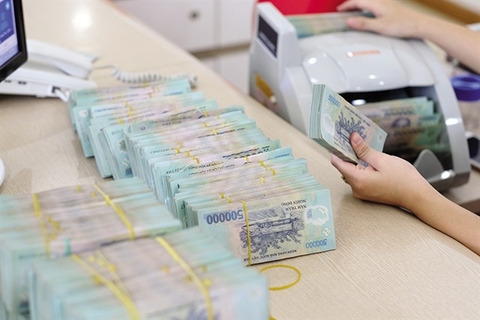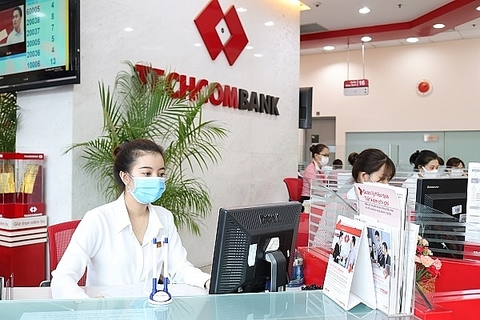Lenders promise investment scale-up
Lenders promise investment scale-up
The dissolution of a 15-year collaboration between Eximbank and Japan’s Sumitomo Mitsui Banking Corporation, its largest foreign strategic shareholder, could pave the way for a fresh start after a number of financial and internal conflicts plagued the former.

Eximbank’s Board of Directors last week approved a resolution ending the strategic collaboration agreement that had been in place since 2007 between Eximbank and Sumitomo Mitsui Banking Corporation (SMBC), the banking arm of Sumitomo Mitsui Financial Group (SMFG).
According to the original agreement, the Japanese banking arm invested $225 million to buy 15 per cent of Eximbank’s charter capital and became the foreign strategic shareholder with the biggest stake. Eximbank was valued at $1.5 billion after the Japanese lender’s engagement, as one of the most vibrant local lenders at the time.
In addition to the dividend, market watchdogs estimated that SMBC bagged VND7.6 trillion ($330.4 million) after 14 years of partnership with Eximbank. This figure, notwithstanding, pales in comparison with the return of Japanese peers Mizuho and MUFG in Vietnam, the largest foreign strategic shareholders of Vietcombank and VietinBank.
Currently, international shareholders own a 29.7 per cent stake in Eximbank. Along with SMBC, in 2008, Eximbank also offered 5 per cent shares to VinaCapital’s VOF fund and another 5 per cent to two Mirae Asset funds. VOF still owns around 5 per cent of Eximbank’s total capital.
After the Eximbank deal, SMBC was widely cited as a potential buyer of Hanoi-based VPBank.
Nguyen Duc Vinh, CEO of VPBank, revealed that it is proactively seeking new strategic investors to adopt international know-how and further enhance its capital position. “We reaffirm our confidence in the leadership’s ability to carry out their promises. Specifically, a foreign tie-up deal is likely to be on the cards in the next several months,” he stated.
SMFG’s president and CEO Jun Ohta revealed earlier this year that the Japanese megabank has “no intentions of scaling down investments in Asia,” as the country’s population continues to dwindle and interest rates remain at historically low levels, Nikkei Asia reported. SMFG is particularly interested in establishing multiple comprehensive financial groups in Asia that can compare with its flagship Japanese unit, SMBC. “We will bet on the macroeconomics of multiple countries, as long as there are possibilities there,” Ohta added.
In Vietnam, the FE Credit tie-up agreement, which was the biggest merger transaction in the history of Vietnam’s financial industry, generated profits of $1.4 billion for VPBank.
A VPBank source revealed that the bank’s equity is estimated to reach VND125 trillion ($5.43 billion) in 2022 with the impending private issue of 15 per cent stock for foreign strategic shareholders. This, however, could pose a significant management problem for the bank.
On the other hand, VPBank will be able to compete in some areas that state-owned banks have not been able to reach before, such as large corporate loans.
“In the past, we were sluggish when it came to competition in current accounts and savings accounts, but this situation will evolve over time,” the source said.
Due to its significant financial resources, VPBank’s leadership made no attempt to conceal its intention to transform from a lending bank to a universal bank model.
As a result, the lender will be more focused on digital banking through VPBank NEO, micro and small businesses, and retail, as well as investment banking and asset management.





















